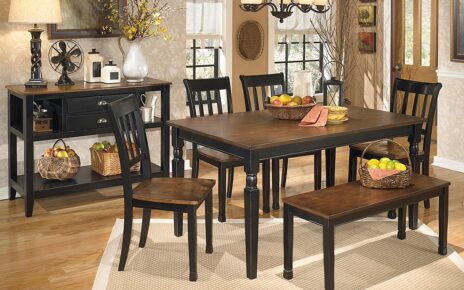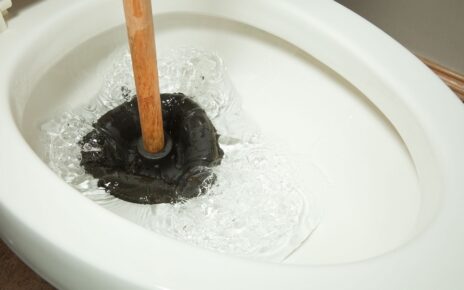As we all know, the fundamental feature of any space, house, or property is the flooring, which is the first thing that comes into physical contact with us. Every house’s foundation is built on its flooring.
Experts propose Polyvinyl chloride flooring as the best flooring alternative Polyvinyl chloride is the perfect choice for individuals who wish to give their flooring a more exquisite appearance. The characteristics that distinguish it from other types of flooring are its longevity, low cost, and ease of maintenance and cleaning.
Another appealing characteristic of Polyvinyl chloride flooring is that it is water-resistant. The non-porous nature of Polyvinyl chloride makes it moisture resistant and protects it from additional harm caused by water.
WHERE POLYVINYL CHLORIDE FLOORING CAN BE INSTALLED:
Polyvinyl chloride flooring can be installed in any room of your house since Polyvinyl chloride flooring is water-resistant, it is an ideal flooring option for installing in a bathroom, washing area, kitchen, laundry area, pool, or any moist area or place where high hot tub water traffic exists.
Polyvinyl chloride flooring is available in a broad range of sizes and shapes, ranging from planks to tiles and sheets, which is why many people choose it for their homes.
GUIDELINE FOR INSTALLING POLYVINYL CHLORIDE FLOORING:
Before installing Polyvinyl chloride flooring there are a few things one should know, firstly, Polyvinyl Chloride flooring is simple to maintain since it is stain resistant. If a spill occurs, such as oil, grease, or drink, it can be quickly wiped with a damp cloth.
Secondly, Vinyl flooring is lighter in weight than other forms of flooring, making it simple to install. It requires less maintenance, but because of its soft texture, it is more susceptible to scratches and dents.
The method of installing depends on which type of PVC flooring you are using. However, the following are the basic steps to follow while installing Polyvinyl chloride flooring.
1-first of all sweep and clean the installation site to remove dirt and debris.
2-then secondly mop the floor or installation site with PH neutral cleaner this will ensure the complete removal of dirt and dust particles.
3- now dry the floor with a towel.
4-after drying the floor make sure that the floor is flat, and even from all sites.
5- Use levels to mark if the floor is too high or low in order to decrease the chances of drift over time.
use a grinder to even out the floor, you can also use a sander this will help you to make the floor smooth and even. you can use self-leveling compounds for filling low areas
6- recheck them with your level.
7- clean it again
8-apply glue with a filling scrapper.
9-add Polyvinyl chloride sheet, smooth the sheet from inside out.
10-remove air bubbles.
11-remove excessive glue before it dries out and becomes harder and more difficult to clean.
12- Avoid walking on the fresh floor for at least 24 hrs.





